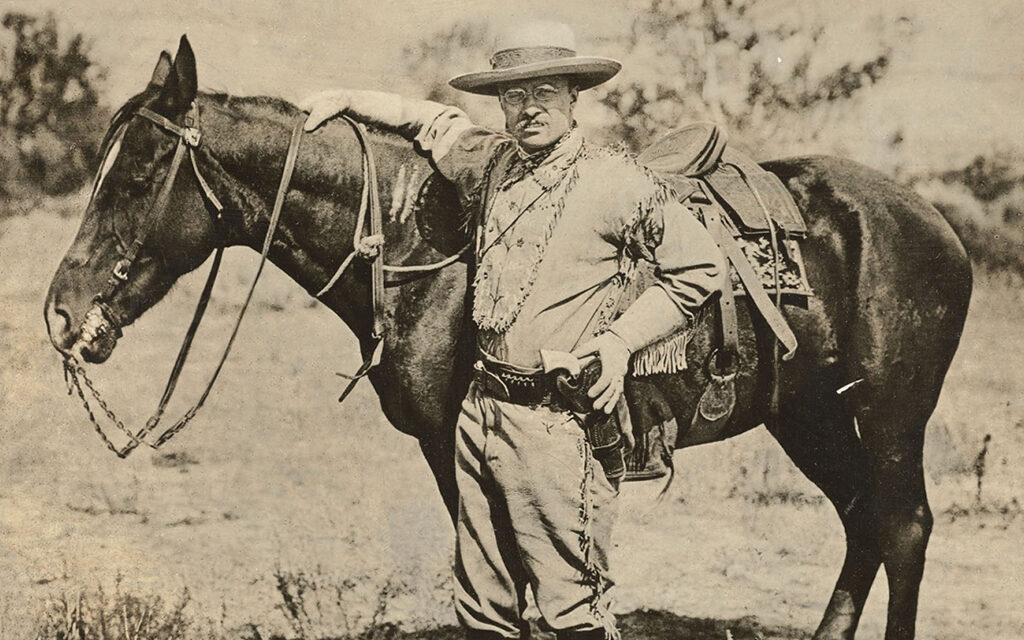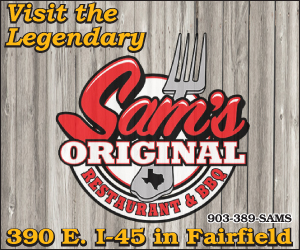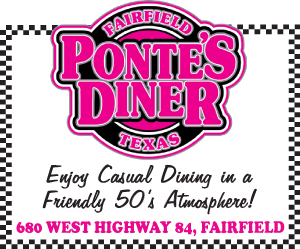by John Jefferson
During one trip to Yellowstone National Park, we were on a long, desolate drive to the north, leaving the park.
Nearing a hill, a Toyota with a young couple whizzed by us doing about 80. That didn’t bother us except that’s no way to witness Yellowstone’s splendor.
On the downward slope of the road was a broad valley for half a mile. The Toyota gained speed downhill.
Then, a mother moose stepped out from the left with her calf. The Toyota sounded its horn twice to move the wildlife.
We laughed.
The moose stopped in the middle of the road — ignoring the electronic demand to vacate. The calf, by now, came around its mother.
Defiantly, mother moose stood and stared down the Toyota. The car had stopped about twenty feet from the moose. The moose looked agitated. We stopped considerably further back, knowing moose can be cantankerous.
The moose turned and looked straight at the little car as if trying to decide whether to follow its calf or further explain the Yellowstone rules of the road to the small car. She finally turned and slowly plodded across the road. The Toyota driver learned a little patience.
A friend recently sent me an article out of “Sporting Classics”. The magazine publishes some of the richest outdoor journalism ever written. This piece was entitled “Teddy Roosevelt’s Last Hunt.”
Sadly, some don’t realize Teddy Roosevelt was the 25th U.S. president (1901-1909). As a colonel in the Spanish-American War in Cuba, he recruited the “Rough Riders” in the Menger Hotel Bar in San Antonio. Col. Roosevelt and the Rough Riders were significant in the charge up Cuba’s San Juan Hill.
Later, Roosevelt helped establish Yellowstone as the first National Park. He was a powerful force for conservation, having helped form the Boone and Crockett Club, which is still active in conservation today.
His last hunt took place in Canada. According to Duncan Dobie’s article in Sporting Classics, TR and a friend hunted caribou and moose in Quebec. Dobie wrote that TR was showing his age but still had his “hunters’ drive”.
They each had permits to shoot one bull moose and two caribou. Roosevelt killed a nice moose for camp meat and tagged it.
They hunted primarily by canoe. Approaching shore to take out, they came upon a large, old, aggressive bull that acted like he had never seen humans before. That meant trouble.
It finally drifted away, so they beached the canoes. Dobie wrote that the moose suddenly reappeared and charged them. One of their guides, a game warden, screamed for TR to shoot. Roosevelt fired a warning shot. The bull kept coming. At twenty feet, TR’s second shot stopped it.
He fired two more times — well-placed from his .30-’06 Springfield –eliminating the threat.
Without a tag for the second bull, he had to justify his lifesaving actions but was cleared and awarded the rack.
His health began failing after that. Three years later, he died in his sleep.
JJ




